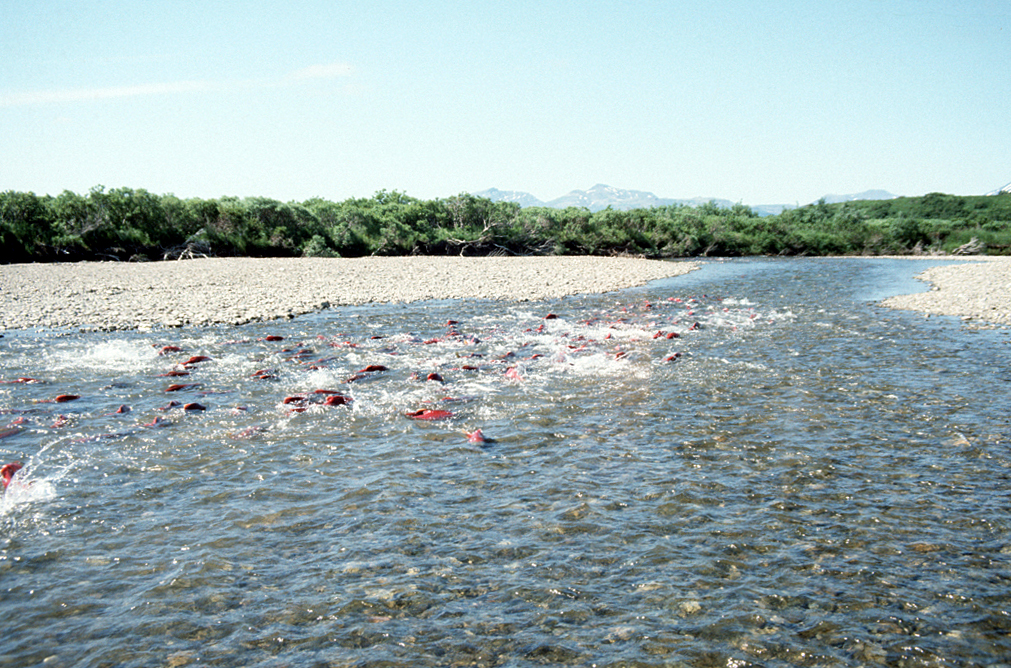Scientists have shown for quite some time that shifting environments, air quality, and ocean temperature can disrupt—and in some cases already have disrupted—our food consumption patterns. Now, a new study predicts that the world’s fisheries will be an average 20 percent less productive in 2300.
The predictions for fisheries’ productivity look bleak, especially 300 years from now. The new research predicted a drastic decline in fishery productivity and marine life growth in the North Atlantic and western Pacific due to the effects of climate change on the movement of nutrients from southern to northern marine ecosystems.
Looking ahead, climate conditions will dramatically shift phytoplankton growth and ocean circulation, altering the amount of nutrients that other marine ecosystems receive, according to the study, which was published in Science.
The disappearance of sea ice disrupts the flow of nutrients to northern marine ecosystems, says study author J. Keith Moore, a professor of Earth system science at the University of California–Irvine and one of the developers of the Community Earth System Model that enables researchers to predict further into the future. As the ice melts, the production of phytoplankton, a microscopic plant-like organism at the bottom of the marine food chain, increases around Antarctica. However, as the ice melts, the phytoplankton absorb more sunlight and trap more nutrients in the Antarctic sea area. This causes significantly more nutrients to sink to the deep southern ocean instead of moving northward to other marine ecosystems. “In upper oceans, everywhere to the north, you start to see this steadily declining nutrient concentration,” Moore says.

(Photo: Wikimedia Commons)
The model calculated these outcomes with a high fossil fuel trajectory in mind, meaning that the study predicted outcomes based on the amount of fossil fuels we use today for energy. The study assumes “we just burn up what we have an make no attempt to switch to clean energy fuel sources,” Moore says.
By playing around with different models and climate factors, Moore says that testing multiple simulations with different environmental considerations will help “find exactly where this tipping point is” in igniting the cycle of nutrient trapping around Antarctica.
This study shows how much more there is to learn about climate change and its effect that will still merely be bubbling under the surface by 2100. “We need to be looking much farther into the future,” Moore says. “2100 isn’t enough. In terms of the oceans, global warming is just getting started at 2100. Up until that point a lot of the heat is trapped right in the upper few hundred meters of the ocean, but over time the circulation is bringing that heat deeper.”
Although this study is one of the few to predict conditions past 2100, it’s just the latest research to offer a grim projection of where ecosystems and environments are headed. Below, we’ve created a timeline of climate projections:




